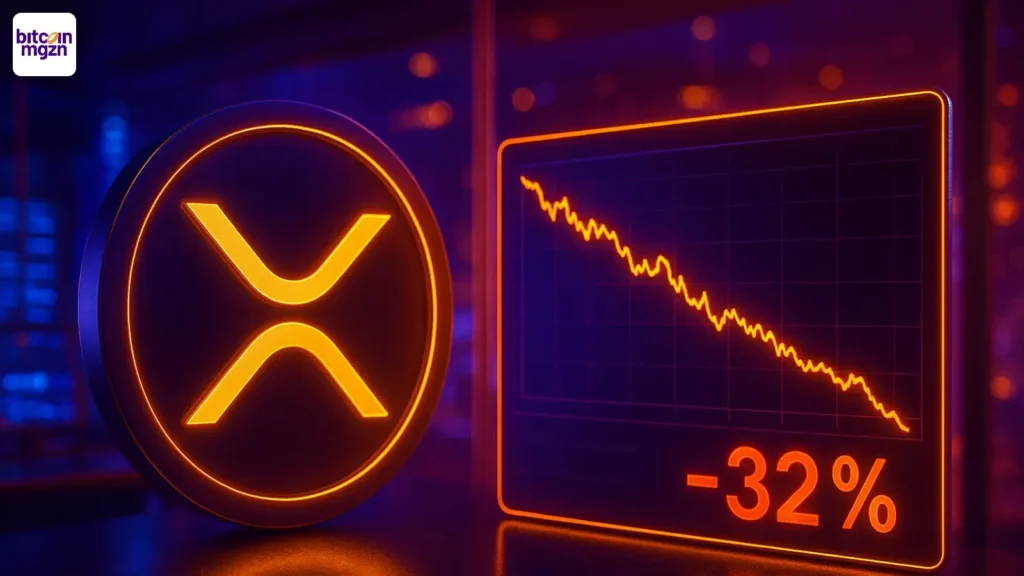MEXC Lists JESSE/USDT Trading Pair on November 21, 2025
Major cryptocurrency exchange MEXC has announced the listing of JESSE/USDT trading pair, scheduled to go live on November 21, 2025, at 01:20 UTC+8, expanding its portfolio of available digital assets for traders worldwide.
New Trading Opportunity on MEXC
MEXC, one of the leading global cryptocurrency exchanges, continues to broaden its trading options by adding the JESSE token to its platform. The JESSE/USDT trading pair will become available for spot trading, allowing users to trade JESSE against Tether (USDT), the world's largest stablecoin by market capitalization.
The listing represents another step in MEXC's strategy to provide early access to emerging tokens and projects, catering to traders seeking exposure to new digital assets with potential growth opportunities.
Trading Details
Listing Date: November 21, 2025
Trading Start Time: 01:20 UTC+8 (17:20 UTC on November 20)
Trading Pair: JESSE/USDT
Trading Type: Spot Trading
The strategic timing of the listing during Asian market hours suggests MEXC is targeting its substantial user base in the Asia-Pacific region, where cryptocurrency trading activity remains particularly robust.
About MEXC Exchange
MEXC has established itself as a prominent player in the cryptocurrency exchange landscape, known for its extensive selection of trading pairs and early listings of new tokens. The platform tens of millions of users across more than 170 countries, offering spot trading, futures contracts, and various other crypto-related services.
The exchange has built a reputation for listing emerging projects relatively quickly compared to many competitors, often providing traders with early access to tokens before they appear on larger exchanges like Binance or Coinbase. This approach has attracted users seeking to capitalize on early-stage investment opportunities in the crypto market.
Trading Considerations
The listing of a new trading pair presents both opportunities and risks for cryptocurrency traders:
Potential Opportunities: Early listings can offer exposure to tokens before they gain wider market attention. If a project demonstrates strong fundamentals and attracts community support, early investors may benefit from price appreciation as the token gains liquidity and visibility.
Risk Factors: New token listings typically exhibit high volatility, with prices subject to rapid fluctuations based on trading volume, market sentiment, and project developments. Limited trading history makes technical analysis more challenging, and liquidity may be lower initially compared to established tokens.
Due Diligence: Traders should research the JESSE project thoroughly, examining its whitepaper, team credentials, community engagement, smart contract audits, and overall value proposition before allocating capital.
MEXC's Listing Strategy
MEXC's approach to token listings differs from more conservative exchanges that prioritize established projects with proven track records. The platform's willingness to list emerging tokens early has attracted a user base that values access to new investment opportunities, though this strategy also requires traders to exercise greater caution and conduct comprehensive research.
The exchange typically announces new listings shortly before they go live, allowing its community to prepare for trading but limiting the advance notice period. This approach aims to prevent excessive speculation and price manipulation before tokens become available.
Market Impact
New exchange listings generally impact tokens in several ways:
Increased Liquidity: Adding a USDT trading pair on a major exchange provides additional liquidity, making it easier for holders to buy and sell the token without significantly impacting market prices.
Price Discovery: The listing enables broader market participation in price discovery, potentially leading to more accurate valuation as trading volume increases.
Visibility: Being listed on MEXC exposes the JESSE project to the exchange's millions of users, potentially expanding the token's holder base and community.
Trading Volume: Initial listings often generate increased trading activity as curious traders explore new opportunities, though volumes may normalize after the initial listing period.
What Traders Should Know
For those considering trading the JESSE/USDT pair on MEXC, several factors warrant attention:
Account Requirements: Traders will need a verified MEXC account with completed KYC (Know Your Customer) procedures, depending on their jurisdiction and withdrawal limits.
Deposit Options: Users should ensure they can deposit USDT or JESSE tokens to their MEXC accounts ahead of the listing time if they wish to trade immediately.
Risk Management: Given the volatility associated with new listings, traders should implement appropriate risk management strategies, including position sizing and stop-loss orders.
Market Monitoring: Watching initial price action and trading volume can provide insights into market interest and help inform trading decisions.
Broader Exchange Trends
The JESSE listing reflects broader trends in the cryptocurrency exchange ecosystem, where platforms compete to offer comprehensive token selections and early access to emerging projects. This competitive dynamic benefits traders by providing diverse investment options but also requires greater individual responsibility in researching and evaluating projects.
Major exchanges have increasingly focused on expanding their token offerings while balancing regulatory compliance requirements and risk management considerations. MEXC's active listing schedule positions it as a destination for traders seeking exposure to newer projects alongside established cryptocurrencies.
Conclusion
The addition of JESSE/USDT to MEXC's trading platform represents another expansion of the exchange's diverse token offerings. Scheduled for November 21, 2025, at 01:20 UTC+8, the listing provides traders with access to a new digital asset, though it also requires careful evaluation and risk assessment.
As with any cryptocurrency investment, potential traders should conduct thorough research into the JESSE project, understand the risks associated with new token listings, and only invest capital they can afford to lose. The cryptocurrency market's inherent volatility, particularly around new listings, demands disciplined trading approaches and comprehensive due diligence.
MEXC's continued expansion of trading pairs demonstrates the exchange's commitment to offering diverse opportunities for its global user base, while traders must balance the excitement of new listings with prudent risk management and informed decision-making.
You May Also Like
WBTC Deleveraging: Aave Flash-Loan Whale Cuts $80M Long as Price Nears $65,436 Liquidation Threshold

XRP volume daalt 32 procent: wat dit betekent voor richting, marktreactie en scenario’s

